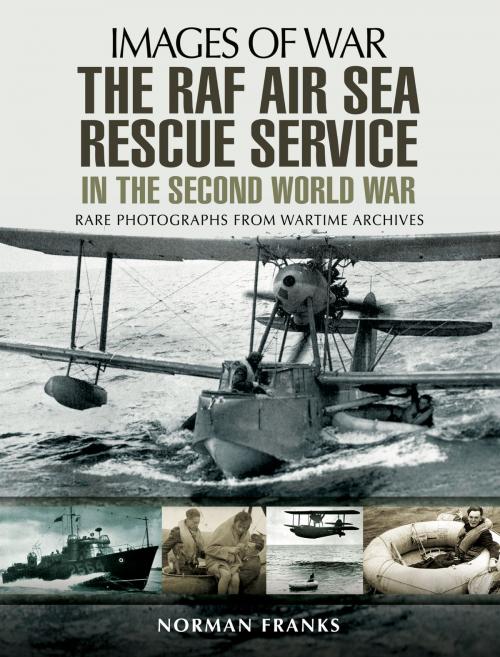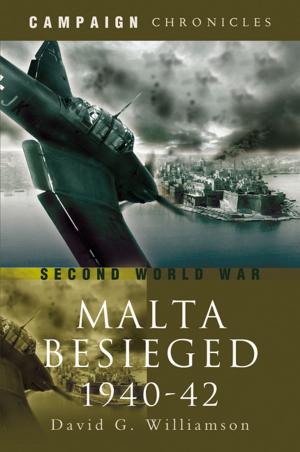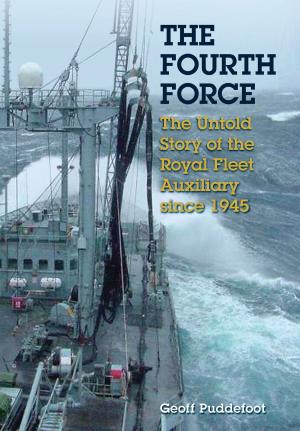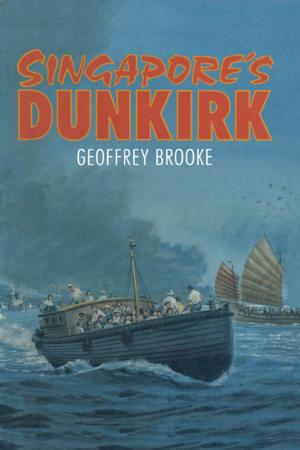The RAF Air-Sea Rescue Service in the Second World War
Nonfiction, History, Military, Aviation, Naval, World War II| Author: | Norman Franks | ISBN: | 9781473861329 |
| Publisher: | Pen and Sword | Publication: | November 30, 2016 |
| Imprint: | Pen and Sword Aviation | Language: | English |
| Author: | Norman Franks |
| ISBN: | 9781473861329 |
| Publisher: | Pen and Sword |
| Publication: | November 30, 2016 |
| Imprint: | Pen and Sword Aviation |
| Language: | English |
When the Second World War began in 1939 it was thought that it would be fought along the same lines as the First World War, with the Allied air forces operating from both Britain and France. With the fall of Britain’s Northern European Allies in May 1940, all that changed. From then onwards, RAF aircraft operating over enemy and enemy-held territory necessitated flights across both the North Sea and the English Channel. This meant that aircrew in difficulties would be forced to come down in both of these bodies of water. Therefore it was essential that some form of rescue service be made available to fish these airman from the water. But there were no aircraft in existence at that time that were designed for such a task: initially all that could be done was to use land ‘planes to help locate anyone in the water, drop a dinghy to them, and then guide a boat to their position. Obviously a quicker and more reliable means of rescue was needed, and this came in the shape of the Supermarine Walrus, an amphibian airplane that could land on both sea and land. Several Flights of these airplanes were set up around the coast of Britain, concentrated mainly around the south and southeast of England. The Air Sea Rescue airmen did a magnificent job from 1941-45, rescuing hundreds of downed RAF and USAAF aircrew. It took a special type of airman to undertake these rescues – and another kind of courage. As the war in North Africa developed, Walrus aircraft were needed in the Mediterranean, and later on either side of the Italian coast. Walrus squadrons operated just as successfully in this theater as around Britain. Aircrew operating over any stretch of water could always count on the ASR boys coming to their aid. This is their story.
When the Second World War began in 1939 it was thought that it would be fought along the same lines as the First World War, with the Allied air forces operating from both Britain and France. With the fall of Britain’s Northern European Allies in May 1940, all that changed. From then onwards, RAF aircraft operating over enemy and enemy-held territory necessitated flights across both the North Sea and the English Channel. This meant that aircrew in difficulties would be forced to come down in both of these bodies of water. Therefore it was essential that some form of rescue service be made available to fish these airman from the water. But there were no aircraft in existence at that time that were designed for such a task: initially all that could be done was to use land ‘planes to help locate anyone in the water, drop a dinghy to them, and then guide a boat to their position. Obviously a quicker and more reliable means of rescue was needed, and this came in the shape of the Supermarine Walrus, an amphibian airplane that could land on both sea and land. Several Flights of these airplanes were set up around the coast of Britain, concentrated mainly around the south and southeast of England. The Air Sea Rescue airmen did a magnificent job from 1941-45, rescuing hundreds of downed RAF and USAAF aircrew. It took a special type of airman to undertake these rescues – and another kind of courage. As the war in North Africa developed, Walrus aircraft were needed in the Mediterranean, and later on either side of the Italian coast. Walrus squadrons operated just as successfully in this theater as around Britain. Aircrew operating over any stretch of water could always count on the ASR boys coming to their aid. This is their story.















